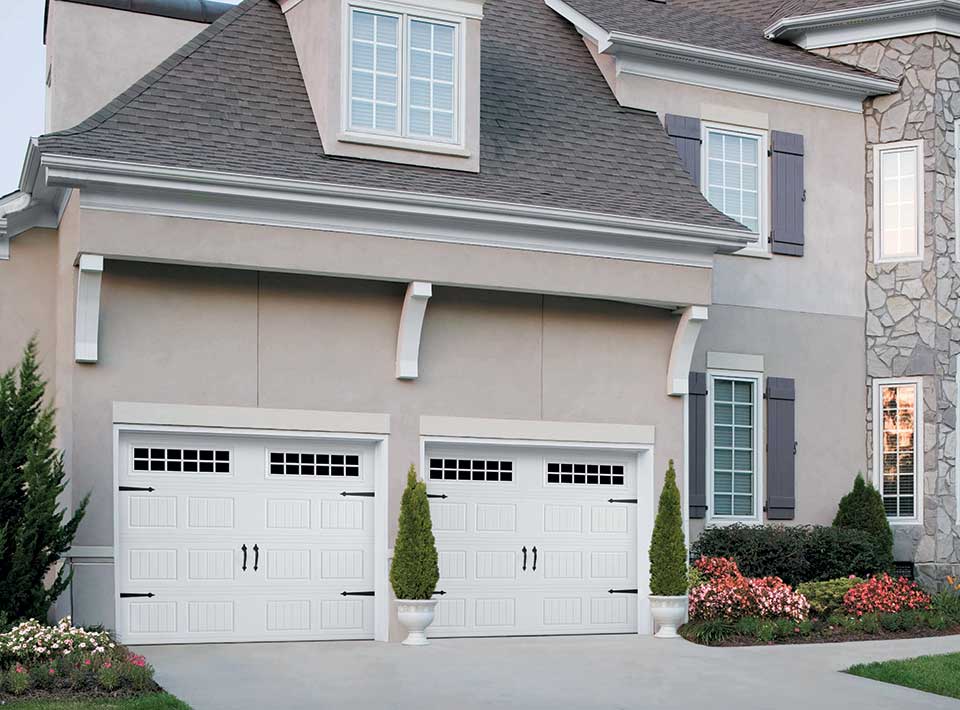Determining the appropriate horsepower for your Garage Door Repair Southlake TX is crucial for smooth and efficient operation.

In this comprehensive guide, we’ll explore the factors influencing horsepower requirements, different horsepower options available, considerations for selecting the right horsepower, and tips for optimizing your garage door opener’s performance.
Understanding Horsepower
Horsepower (HP) is a measure of the motor’s strength and ability to lift and lower the garage door effectively. Choosing the right horsepower ensures that your opener can handle the weight and size of your door without strain or malfunction.
Factors Influencing Horsepower Requirements
Several factors influence the amount of horsepower needed for a garage door opener:
1. Door Weight and Size:
- Heavier and larger doors require more horsepower to operate smoothly. Wooden or solid steel doors typically weigh more than aluminum or fiberglass doors and may require higher horsepower.
2. Door Material:
- The material of the garage door affects its weight and resistance, impacting horsepower requirements.
3. Usage Frequency:
- The frequency of door operation, such as daily use or occasional use, influences horsepower needs. Higher horsepower is advisable for doors used frequently to prevent motor strain and prolong the opener’s lifespan.
4. Opener Mechanism:
- The type of opener mechanism, such as chain drive, belt drive, or screw drive, may have different horsepower requirements based on their design and efficiency.
Different Horsepower Options Available
Garage door openers typically come in three main horsepower options:
1. 1/3 HP:
- Suitable for lightweight single-car garage doors made of aluminum or fiberglass.
- Ideal for occasional use or smaller doors with minimal weight.
2. 1/2 HP:
- Versatile option suitable for standard single or double-car garage doors.
- Provides sufficient power for most residential applications, including moderate use.
3. 3/4 HP or Higher:
- Recommended for heavier or larger doors, such as wooden or solid steel doors.
- Ideal for frequent use or commercial applications where durability and strength are essential.
Considerations for Choosing the Appropriate Horsepower
When selecting the horsepower for your garage door opener, consider the following factors:
1. Door Size and Weight:
- Determine the weight and size of your garage door to assess the horsepower needed for smooth operation.
2. Usage Patterns:
- Evaluate how often the garage door will be used and whether it requires constant lifting and lowering throughout the day.
3. Climate and Environment:
- Consider environmental factors such as extreme temperatures or high humidity, which may affect the opener’s performance and horsepower requirements.
4. Future Upgrades:
- Anticipate any future upgrades or changes to your garage door, such as insulation or additional panels, which may increase its weight and affect horsepower needs.
Tips for Optimizing Performance
To ensure optimal performance and longevity of your garage door opener, consider the following tips:
1. Professional Installation:
- Have your garage door opener installed by a professional to ensure proper setup and calibration for optimal performance.
2. Regular Maintenance:
- Perform routine maintenance tasks, such as lubricating moving parts and checking for loose hardware, to keep your opener running smoothly.
3. Upgrade as Needed:
- If you notice signs of strain or difficulty in lifting the door, consider upgrading to a higher horsepower opener to prevent motor damage and ensure safe operation.
4. Consult with Experts:
- Seek advice from garage door professionals or technicians to determine the most suitable horsepower for your specific door and usage requirements.
Conclusion:
Choosing the appropriate horsepower for your garage door opener is essential for efficient and reliable operation. By considering factors such as door size, weight, usage patterns, and environmental conditions, you can select the right horsepower to meet your needs and ensure smooth functionality of your garage door opener for years to come.
First Responder Garage Doors
180 State St Suite 225, Southlake, TX 76092, United States
1-817-991-5551







